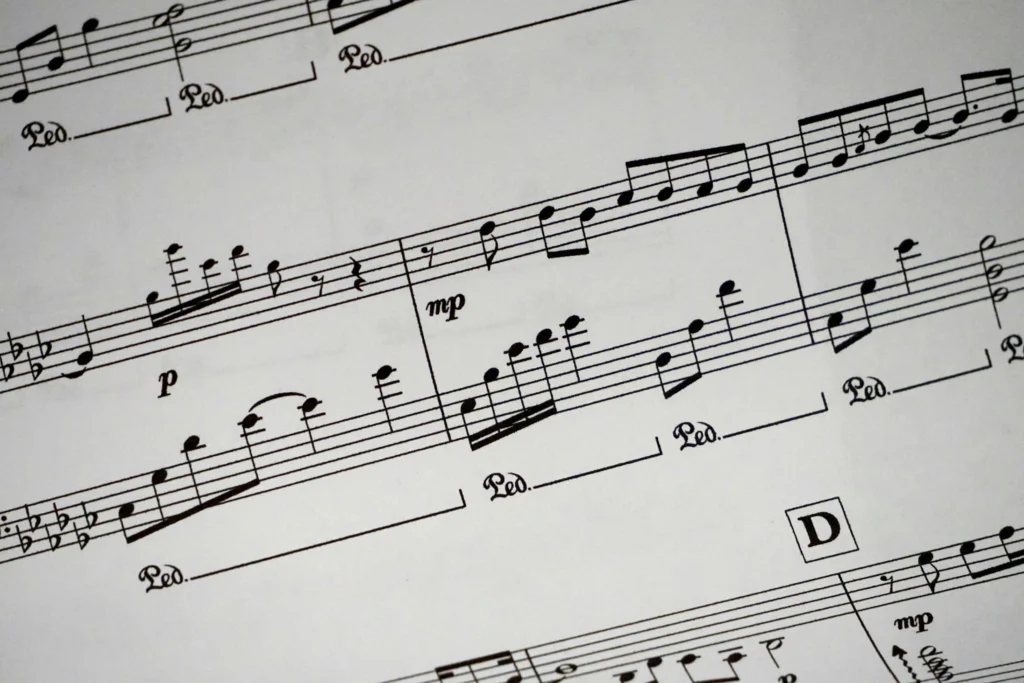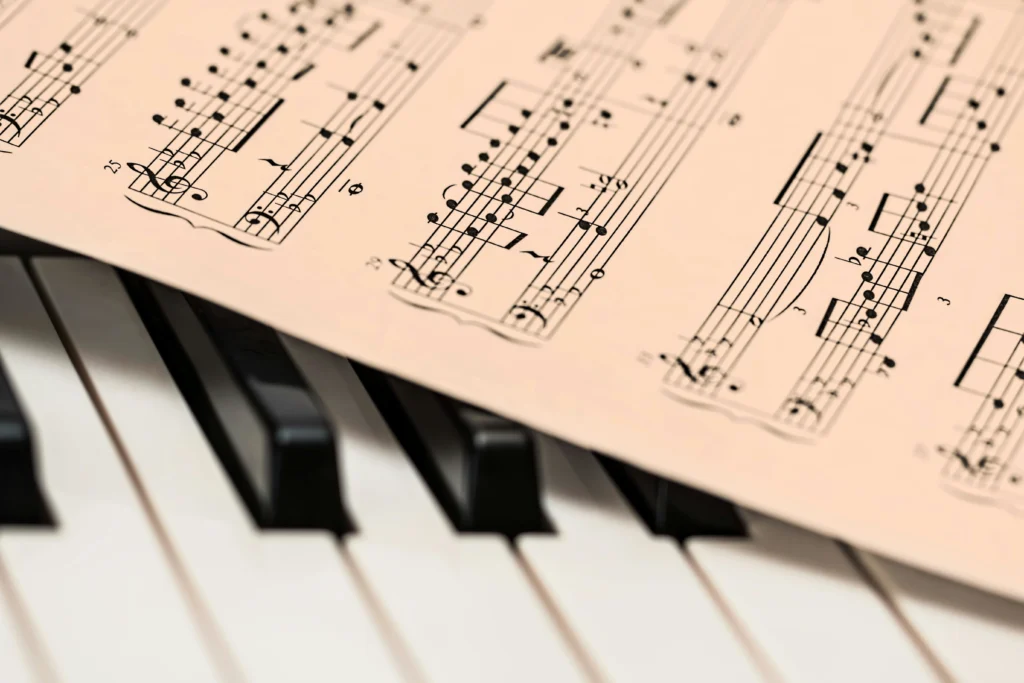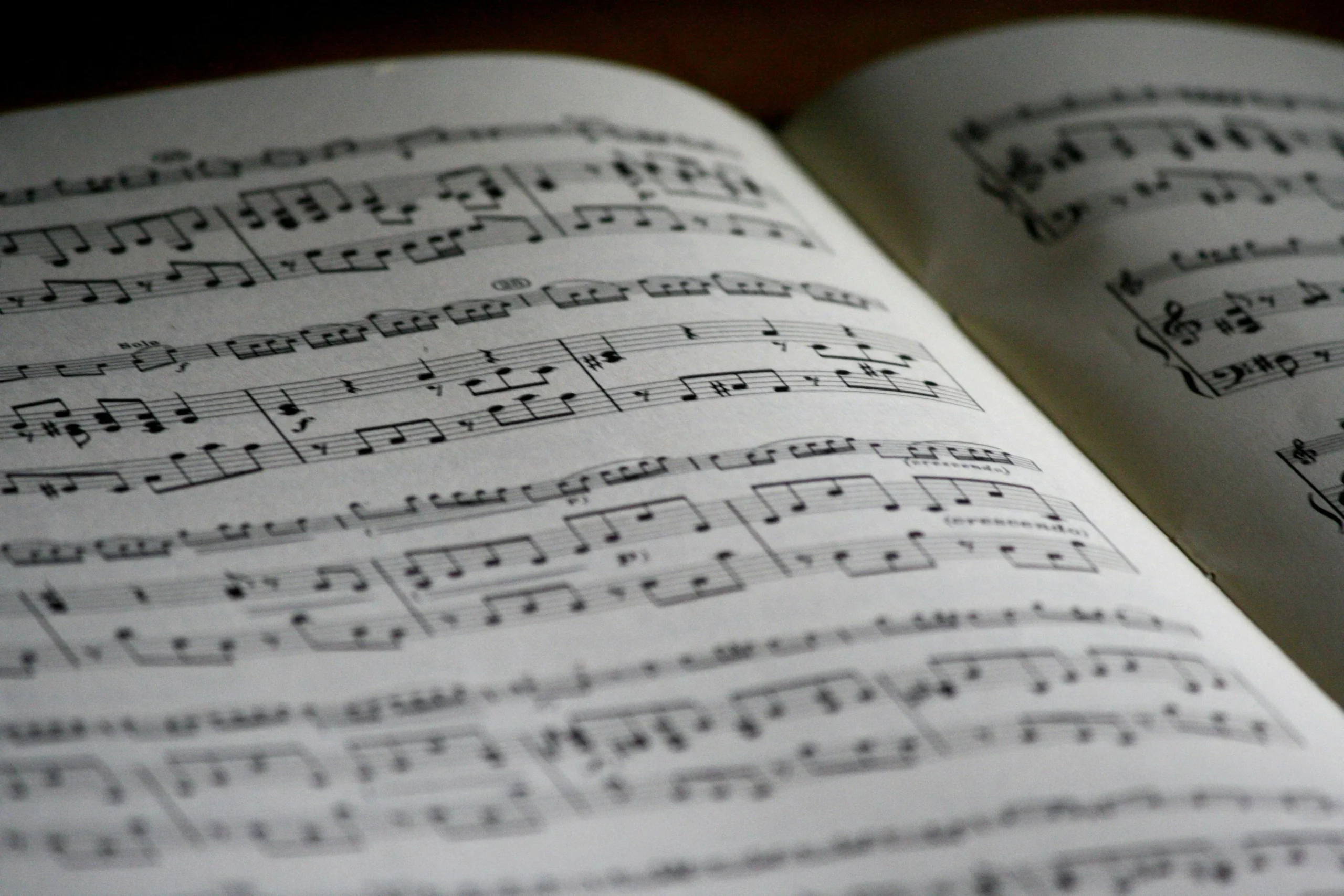Introduction
Understanding the elements of music is essential for anyone looking to explore music deeply. Just as you can’t learn words without knowing the letters, you can’t truly understand music without learning its foundational parts. Whether it’s a pop song, classical composition, or traditional folk tune, each piece is built on specific elements of music that give it meaning and emotion. These components help musicians compose, perform, and appreciate musical works from all around the world.
Contents
ToggleMelody
Melody is one of the most recognizable elements of music. It’s the sequence of notes that form the tune of a piece. Melodies can be simple or complex, short or extended, but they always carry the main musical idea. It’s often what we remember most—what we hum or sing long after a song ends.

Rhythm
Rhythm refers to the pattern of beats, notes, and silences over time. This element of music governs the movement and groove of a piece. It determines how music flows, when to pause, and when to drive forward. A compelling rhythm keeps the listener engaged and gives structure to the composition.

Dynamics
Dynamics define how loud or soft the music is played. This element of music shapes the emotional contour of a piece. From a soft whisper (piano) to an explosive climax (forte), dynamics guide the listener’s emotional journey and make music more expressive.

Tempo
Tempo is the speed at which music is performed. It is one of the most noticeable elements of music, especially in genres like dance or classical. A faster tempo can convey excitement, while a slower one may evoke calm or sadness. Tempo sets the mood and pace of a musical work.

Harmony
Harmony involves the combination of different notes played simultaneously. This element of music adds depth, complexity, and richness. It supports the melody and often forms the chordal structure behind a song. Harmony can create pleasant (consonant) or tense (dissonant) sounds, enhancing emotional impact.

Timbre
Timbre, also known as tone color, is the unique sound quality of a voice or instrument. This element of music helps us differentiate between a flute and a violin even when they play the same note. Timbre gives character and identity to sound, influenced by materials, techniques, and even recording styles.

Form
Form is the structure or blueprint of a piece. It outlines the sections and their order—such as verses, choruses, bridges, or classical structures like ABA or rondo. This element of music helps both performers and listeners understand how a piece unfolds over time.

Texture
Texture refers to how many layers of sound are present and how they interact. This element of music can range from a single melody (monophonic) to rich, interwoven lines (polyphonic). Changing texture within a piece creates contrast, interest, and emotional dynamics.

Pitch
Pitch is the perceived highness or lowness of a sound. This element of music is foundational to melody and harmony. Accurate pitch ensures musical coherence. It’s what allows musicians to stay in tune and build melodies that are pleasant and expressive.

Articulation
Articulation describes how individual notes are played—whether smooth (legato), short and detached (staccato), or accented. This element of music adds nuance and detail, making performances more expressive and emotionally resonant.

Elements of Indian Music
In Indian classical music, the elements of music take on unique and deeply spiritual dimensions. While many concepts overlap with Western music, Indian music emphasizes melody and rhythm in more intricate and improvisational ways.
1. Raga (Melody)
Raga is a melodic framework combining specific notes, patterns, and rules. It’s more than just a scale—it’s a vehicle for emotional expression and spiritual experience. Ragas are central elements of music in both Hindustani and Carnatic traditions.
2. Tala (Rhythm)
Tala is the rhythmic cycle, composed of repeating patterns of beats. It’s one of the most distinct elements of music in Indian tradition, combining precision with improvisational freedom.
3. Swara (Notes)
Swara refers to the basic notes (Sa, Re, Ga, Ma, Pa, Dha, Ni) in Indian music. Their usage, intonation, and emotional weight differ from Western counterparts, making them essential elements of music in this tradition.
4. Shruti (Microtones)
Shrutis are the microtonal intervals between notes. Indian music recognizes 22 shrutis in an octave, allowing for fine emotional shading and nuanced expression. This subtlety is a signature element of music in the Indian context.
5. Laya (Tempo)
Laya denotes tempo—slow (vilambit), medium (madhya), or fast (drut). It maintains the flow of the music, an important element of music that interacts closely with tala and improvisation.
6. Alankara (Ornamentation)
Alankaras are embellishments like glides (meend), oscillations (gamak), and grace notes (murki). These ornaments are defining elements of music in Indian styles, adding emotion, fluidity, and expression.
7. Bhava / Rasa (Emotion)
Bhava is the emotion conveyed by the performer; rasa is the emotion experienced by the listener. Indian music places heavy emphasis on these elements of music to connect deeply with the audience.
8. Bandish / Kriti (Composition)
Bandish (Hindustani) or Kriti (Carnatic) is the fixed composition based on a specific raga and tala. These works serve as the foundation for improvisation and interpretation—vital elements of music in Indian performance.

Conclusion
Whether it’s a pop anthem or a morning raga, all music is built on the same core elements of music. These components—melody, rhythm, harmony, tempo, and more—are the foundation of musical expression across cultures.
In Indian classical music, the elements of music transform into philosophical and artistic practices. Ornamentation, microtones, and improvisation elevate the expressive potential of every note and beat. Yet beneath these stylistic differences, music across the world shares common threads.
By understanding the elements of music, we not only gain insight into musical technique but also connect more deeply to the emotions, stories, and shared human experience that music conveys. Explore our online music courses to find one that fits your rhythm.
